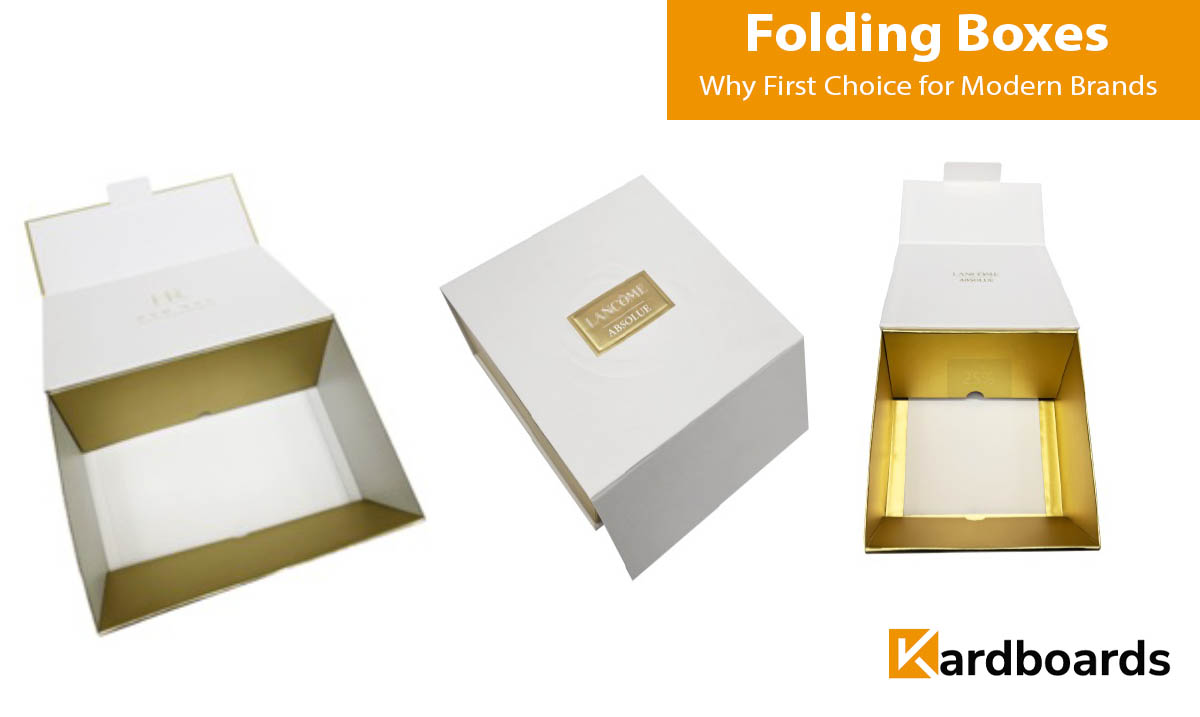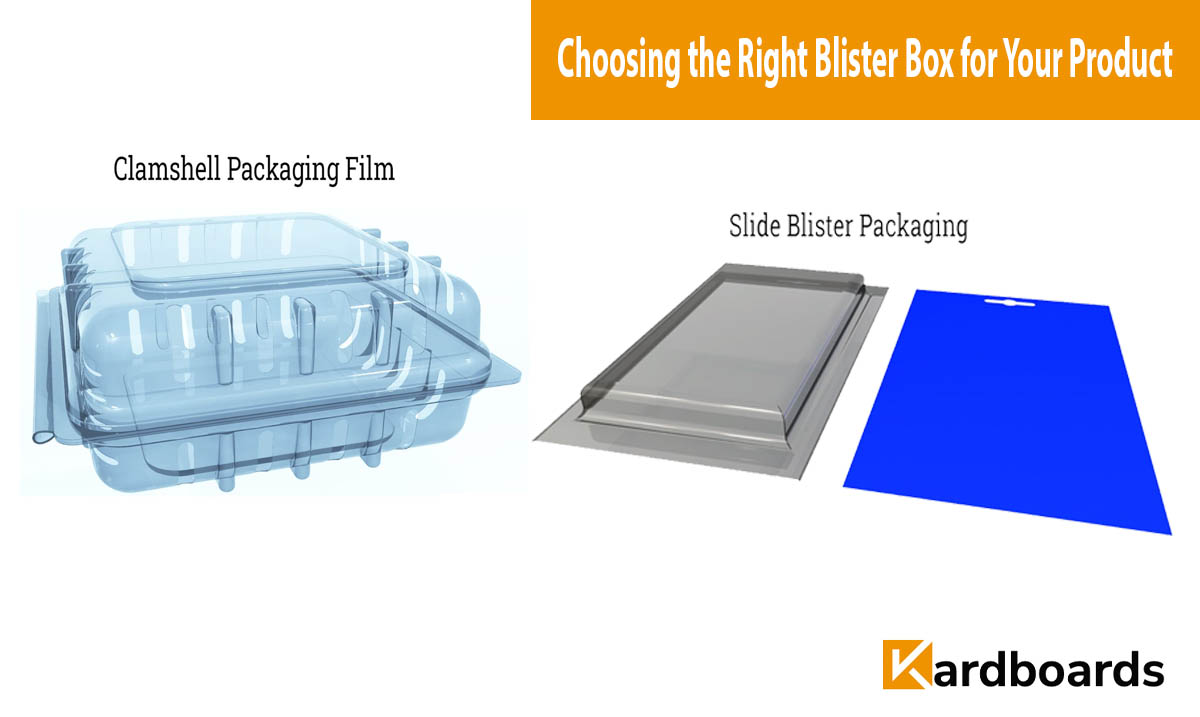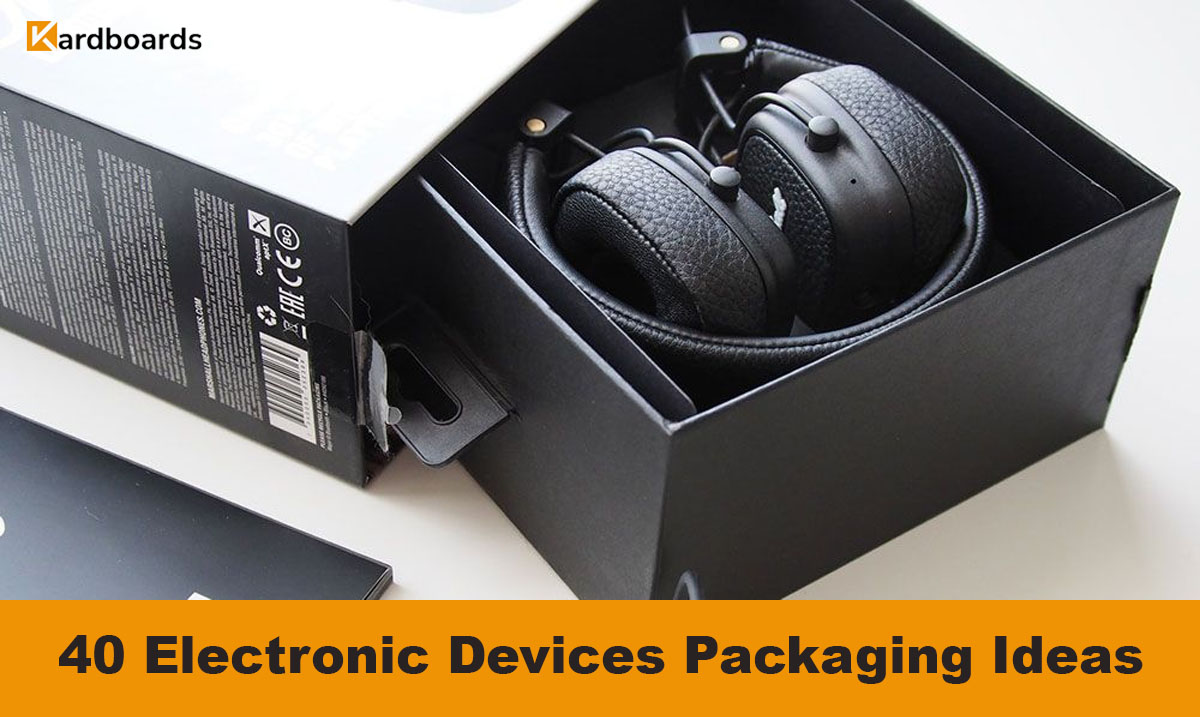
Folding boxes, also known as folding cartons, have become the go-to packaging choice for modern brands seeking elegance, efficiency, and environmental responsibility. Made primarily from paperboard or kraft materials, these boxes offer unmatched versatility for product display, protection, and branding — without compromising sustainability or cost efficiency.
At Kardboards, we engineer folding boxes that embody innovation — combining artistic design precision with industrial-grade durability to meet the diverse needs of today’s global markets.
The Rise of Folding Boxes in Modern Packaging
With retail and e-commerce brands emphasizing lightweight and recyclable packaging, folding boxes have emerged as a preferred option. Their easy-to-assemble structure, flat shipping design, and premium finish make them ideal for mass production and international logistics.
- Compact Storage: Fold-flat designs reduce warehousing and shipping costs.
- Custom Branding: Perfect for printing, embossing, foil stamping, and matte/gloss lamination.
- Eco Appeal: Made from renewable and recyclable paperboard materials.
Benefits of Folding Boxes for Brands
- Lightweight yet Durable: Engineered to protect delicate items like cosmetics, electronics, or food while maintaining a sleek profile.
- Cost-Effective Manufacturing: High-volume printing and die-cutting allow economical scaling for wholesale or custom orders.
- Premium Aesthetics: Smooth surfaces enhance high-end printing, ideal for luxury packaging.
- Eco-Friendly Image: Appeals to environmentally conscious consumers through sustainable material use.
Popular Types of Folding Boxes
- Reverse Tuck End (RTE): Cost-efficient design for pharmaceuticals, cosmetics, and retail goods.
- Lock Bottom Boxes: Stronger structure for heavier products like glassware or candles.
- Crash Bottom Boxes: Quick-to-assemble packaging suited for e-commerce.
- Window Folding Boxes: Feature transparent cutouts to display the product inside.
Why Modern Brands Prefer Folding Boxes
In a world where first impressions matter, folding boxes serve as an extension of brand identity. They are versatile, sustainable, and visually impressive — aligning with global trends in minimalism, personalization, and sustainability.
Moreover, folding boxes are compatible with advanced digital and offset printing technologies, allowing seamless integration of QR codes, variable data, and smart packaging features for traceability and interactivity.
Kardboards — Your Partner for Custom Folding Packaging
From structural design to precision printing, Kardboards ensures each folding box reflects your brand’s personality while meeting international packaging standards. Whether you need retail display boxes, subscription packaging, or luxury gift boxes, our design and manufacturing expertise delivers excellence at scale.
- High-speed automated folding and gluing systems.
- Custom shapes, finishes, and window cutouts.
- Eco-certified paperboard options (FSC, recycled).
- Bulk production and export-ready packaging.
Frequently Asked Questions
What materials are used for folding boxes?
Folding boxes are typically made from paperboard, kraft, or coated cardboard — materials that offer printability and recyclability.
Are folding boxes eco-friendly?
Yes. They are fully recyclable and can be produced using FSC-certified or recycled paper materials.
Can folding boxes be customized?
Absolutely. Kardboards offers custom sizes, shapes, finishes, embossing, and window options to match your brand aesthetics.
What industries use folding boxes?
They are used in cosmetics, electronics, pharmaceuticals, food, fashion, and luxury retail packaging.
Why choose Kardboards for folding box manufacturing?
Because Kardboards combines high-precision engineering, premium printing, and eco-conscious materials to deliver packaging that performs and impresses.


